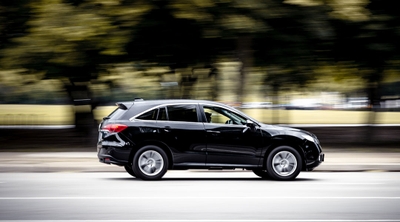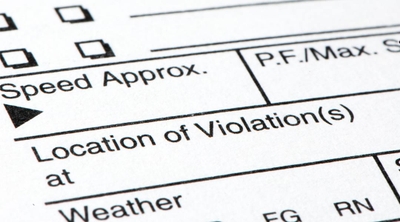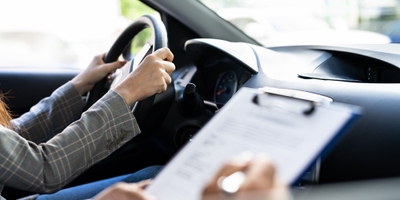Driving at night
3 min read
Night driving presents more hazards than driving during the day. Low light decreases visibility, headlight glare can be blinding, and drivers are more likely to be tired and slower to react. These factors make driving at night a challenge, leading to a higher risk of serious accidents. According to the National Highway and Traffic Safety Administration (NHTSA), roughly half of all fatal car accidents happen at night, despite only 25% of driving occurring after dark. That means driving at night carries roughly three times the risk of driving during the day.
What are the dangers of driving at night?
Dangers of driving at night can include low light and vision impairment, headlight glares and drowsy driving.
Low light negatively affects depth perception, color recognition, and peripheral vision, which are keys to driving performance. They’re also crucial for reacting effectively to unexpected hazards like objects on the road and crossing wildlife. Low light can be incredibly challenging for older drivers. According to the National Safety Council, “A 50-year-old driver may need twice as much light to see as well as a 30-year-old. Some older drivers also may have compromised vision due to cataracts and degenerative eye diseases.”
Headlight glare is the blinding effect of other drivers’ headlights pointed at you. According to the NHTSA, headlights produce two kinds of glare called discomfort glare and disability glare. Discomfort glare is the distracting and even painful sensation you feel when viewing a bright light. It can cause drivers to slow down unexpectedly, take their eyes off the road, or drift out of the lane.
Drowsy driving and sleepiness is another critical risk of night driving. Like drunk driving, drowsy driving can impair your ability to think clearly, reaction times, and driving performance. It’s especially hazardous for teen drivers, as teens typically need more sleep than adults and often cannot get enough rest to meet increased demands.
Tips for driving at night
Get enough rest
The better rested you are, the more attentive you can be to the road. Be sure to get enough sleep before long trips, especially since the ongoing fatigue of the drive will add up before nighttime.
Check and adjust your headlights
The light headlights emit is affected by the bulb in the headlamp and the cleanliness of the plastic in front of the lamp. The angle of the lamp itself is also a factor. If you struggle to see the road clearly at night, consider having the lamp assembly cleaned or replaced. Some vehicles allow you to adjust the angle yourself with a switch inside the car, but you may need to ask a mechanic for help if you don’t have this feature.
Use a mirror dimmer
If the driver behind you is blasting their high beams, the light reflected in your rearview mirror can be as blinding as the headlights of an oncoming vehicle. Many modern automobiles have auto-dimming mirrors. If yours doesn’t, learn how the manual dimmer switch works and remember to use it.
Minimize light in the cabin
The more light you have inside the car, the harder it is to see at night. Turn off any extra lights (not the instrument cluster), and set infotainment screens, GPS navigators, phones, and other devices to night mode.
Use your high beams
Your high-beam headlights can make things easier to see and illuminate the road surface farther ahead than your regular headlights. If the road is clear ahead of you and there’s no oncoming traffic nearby, feel free to use your bright lights. These lights are effective especially in low-lit areas like the country highways or open roads.
Drive slower and use your signal
You won’t be able to see things as far away, and if you’re tired, you’ll respond more slowly. Give yourself more time to identify and react to obstacles and road conditions by driving more slowly. Make it easier on other drivers by being clear in your intention and giving them plenty of time to react. Go below the speed limit if necessary to drive safely. Learn more about how speed limits are set.
Avoid two lane highways
Choose roads and routes where headlight glare will not impact you or that minimize the possibility that you and other drivers will be impacted by headlight glare. Avoid two-lane highways when driving at night if you can.
Driving at night is just one of the many safety hazards of being a driver. You are at the mercy of other drivers and their tempers when it comes to aggressive driving, and navigating congested streets makes driving in the city nerve wrecking, too. Hopefully, these tips will help you become a safer driver.






